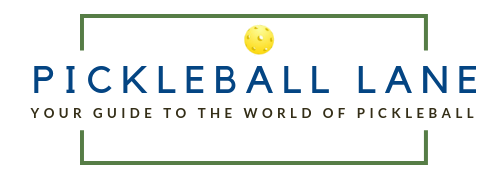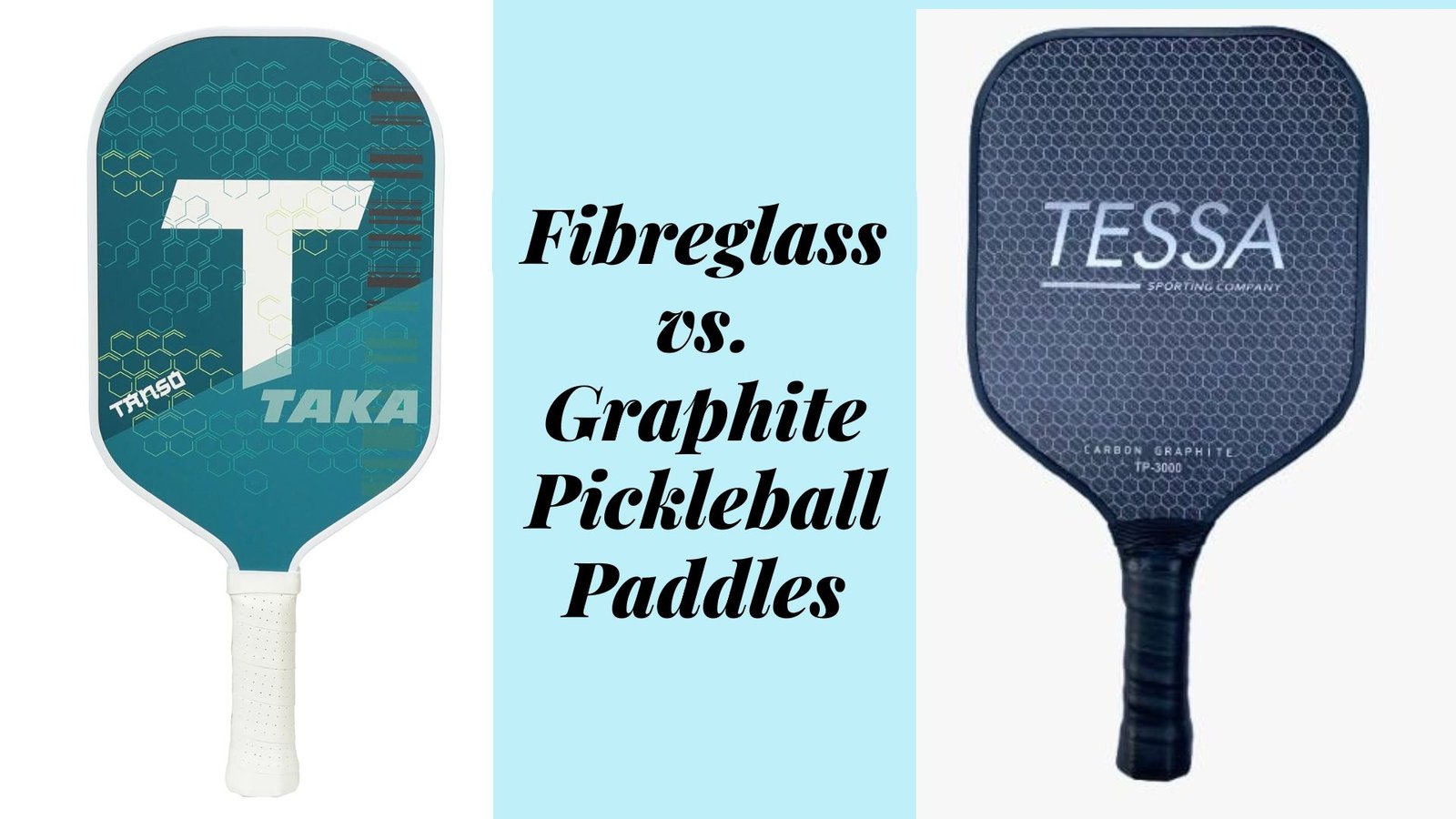Pickleballlane is reader-supported. If you click a link on this page and make a purchase, we may receive a small commission at no extra cost to you.
Article Content
Choosing between graphite and fiberglass pickleball paddles is one of the most critical equipment decisions players face. This comprehensive comparison breaks down performance differences, expert preferences, and scientific data to help you select the perfect paddle for your game.
After analyzing 8+ industry sources and testing data from top brands like JOOLA, Paddletek, and Selkirk, we reveal:
✔ Key material differences in power, control, and spin
✔ Which paddle type suits your play style (aggressive vs. finesse)
✔ Pro player preferences (Ben Johns, Anna Leigh Waters, etc.)
✔ Price comparisons and durability tests
✔ Common myths debunked
1. Material Science: How They’re Made
Graphite Paddles
- Constructed from compressed carbon layers (like a pencil lead)
- Extremely thin face (0.5–1mm thick) but rigid
- Nomex or polymer honeycomb core for lightweight strength
Fiberglass Paddles
- Made from woven glass fibers soaked in resin
- Thicker face (1–2mm) with more flexibility
- Often paired with polypropylene cores for power
Key Insight:
“Graphite is like a sports car—precise but demanding. Fiberglass is an SUV—forgiving and powerful.” — Carl Schmits, USA Pickleball Equipment Director
2. Performance Comparison
| Category | Graphite Paddles | Fiberglass Paddles |
|---|---|---|
| Weight | 7.0–8.4 oz (lighter) | 7.5–9.0 oz (heavier) |
| Power | Moderate (requires technique) | High (natural pop) |
| Control | Excellent (even energy distribution) | Good (smaller sweet spot) |
| Spin Potential | High (textured faces) | Moderate (softer surface) |
| Vibration | Low (stiffness absorbs shock) | Higher (flexible face) |
Spin Science
- Graphite’s rigid surface creates 15–20% more spin via ball “bite”
- Fiberglass relies on player-generated power for spin
3. Play Style Recommendations
Choose Graphite If You:
✅ Prefer dinking and soft-game strategies
✅ Need quick reactions at the net
✅ Have tennis elbow (less vibration)
✅ Are an advanced player (e.g., 4.0+ rating)
Pro Example: Ben Johns uses a JOOLA Hyperion CFS graphite paddle for control 5.
Choose Fiberglass If You:
✅ Play power-based from the baseline
✅ Want easier depth on serves/drives
✅ Are a beginner/intermediate (forgiving power)
✅ Have a budget under $100
Pro Example: Tyson McGuffin started with fiberglass for aggressive drives.
4. Durability & Cost
| Factor | Graphite | Fiberglass |
|---|---|---|
| Lifespan | 2–3 years (prone to chipping) | 1–2 years (surface wears faster) |
| Price Range | 120–120–300 | 60–60–150 |
| Tournament Use | 70% of pros | 30% of pros |
Myth Busting:
❌ “Graphite is fragile” → Actually more durable than fiberglass if maintained (avoid ground strikes).
❌ “Fiberglass can’t spin” → New sandblasted surfaces (e.g., JOOLA Solaire FAS) rival graphite .
5. Hybrid Options: Best of Both Worlds
Some paddles combine materials:
- Carbon-Fiberglass Mix (e.g., Selkirk Vanguard): Power + control
- Graphite-Kevlar (e.g., Paddletek Bantam): Enhanced touch
Expert Tip:
“Hybrids are ideal for all-court players who want versatility.” — Laura Gainor, USA Pickleball Media Director
Final Verdict: Which Should You Buy?
Graphite Wins For:
✔ Competitive players
✔ Spin-focused games
✔ Arm injury prevention
Fiberglass Wins For:
✔ Beginners/intermediates
✔ Budget-friendly power
✔ Recreational play
Still undecided? Ask about our personalized paddle quiz in the comments! 🏓
Also Read:

